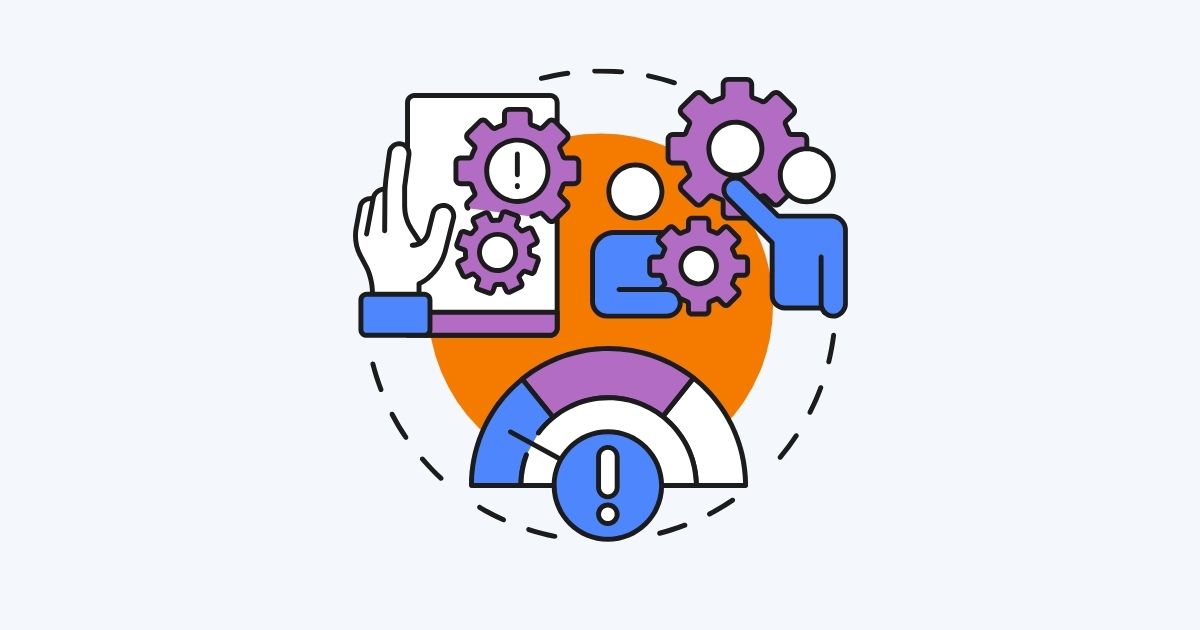In customer service, expertise, and optimizing metrics are vital for excellent reviews. One key metric is the Average Time to Abandonment (ATA). It greatly influences how firms enhance their customer engagement tactics. This piece deeply examines ATA, its role, its effects on satisfaction, and ways to improve. To read more and learn about cloud call center software, visit Call Center Studio’s Glossary.
Average Time to Abandonment measures how long a customer waits before hanging up. This happens due to long wait times. It is key in call centers and service areas where fast responses matter for satisfaction. ATA shows how well a support team performs. It also points out where quick improvements are needed to avoid frustration and potential loss.
How does ATA impact overall customer satisfaction levels?
Thе corrеlation bеtwееn ATA and customer satisfaction lеvеls is strong and undeniable. A shorter ATA indicates calls are answered quickly. This boosts the customer’s view of service quality. On the other hand, a longer ATA can lead to more frustration. It may also lower trust and send customers to competitors. ATA serves as a vital measure. It shows how a business manages call volumes. It also reflects maintaining service quality in busy periods.
How can you improve ATA?
Improving ATA is essential for businesses aiming to elevate their customer service quality. Here are several strategies to consider:
- Having sufficient well-trained staff – particularly when demand spikes – means shorter holds. Ongoing training gives reps what they require to quickly handle calls.
- Implementing Call-back Technology: Letting people get callbacks if queues are long makes things smoother. This is preferable to listening to elevator tunes. This considerably betters how customers view the business.
- Optimizing Call Routing: Advanced call routing can ensure that calls are directed to the most appropriate agent. This reduces transfer times and wait times.
- Monitoring and Adjusting in Real Time: Utilizing real-time analytics to monitor call volume and agent performance allows for immediate adjustments. Among them are reallocating resources to meet demand.
- Investing in Self-Service Options: Offering self-service via interactive voice systems or online can reduce live call volume.
Conclusion
Reducing wait times is crucial for businesses aiming to maintain customer satisfaction. You can’t just lower wait times and think that makes service better. The real goal is to create a customer support system. It should be fast, helpful, and friendly. This applies across the board. Remember, it is not enough to have quick service. You must build a culture where agents aim to solve problems. They should not rush callers off the phone. Agents must understand why someone called. Then, they should provide the TLC the callers deserve. That is how you create loyal customers who feel valued, not frustrated. It’s not just about tracking the average time to abandonment. The focus is on making service more efficient. It’s about responding to consumer needs for good information and human understanding. That is how we get customers to stick around. Cloud call center software can help you improve your work. Visit Call Center Studio’s website for insights and guides to improve call center operations. It offers resources to excel in customer service management there.





